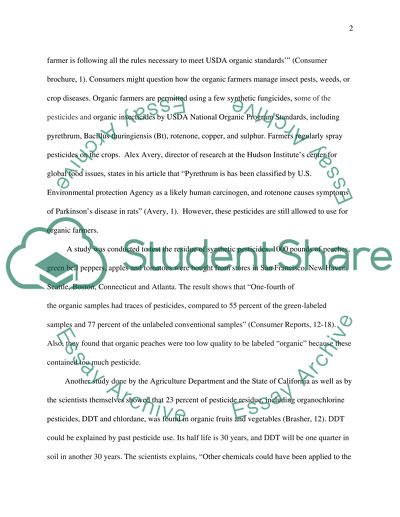Cite this document
(“Nutritional Quality, Benefits, And Harms Of Organic Foods Essay”, n.d.)
Nutritional Quality, Benefits, And Harms Of Organic Foods Essay. Retrieved from https://studentshare.org/health-sciences-medicine/1567369-an-argumentative-essay
Nutritional Quality, Benefits, And Harms Of Organic Foods Essay. Retrieved from https://studentshare.org/health-sciences-medicine/1567369-an-argumentative-essay
(Nutritional Quality, Benefits, And Harms Of Organic Foods Essay)
Nutritional Quality, Benefits, And Harms Of Organic Foods Essay. https://studentshare.org/health-sciences-medicine/1567369-an-argumentative-essay.
Nutritional Quality, Benefits, And Harms Of Organic Foods Essay. https://studentshare.org/health-sciences-medicine/1567369-an-argumentative-essay.
“Nutritional Quality, Benefits, And Harms Of Organic Foods Essay”, n.d. https://studentshare.org/health-sciences-medicine/1567369-an-argumentative-essay.


